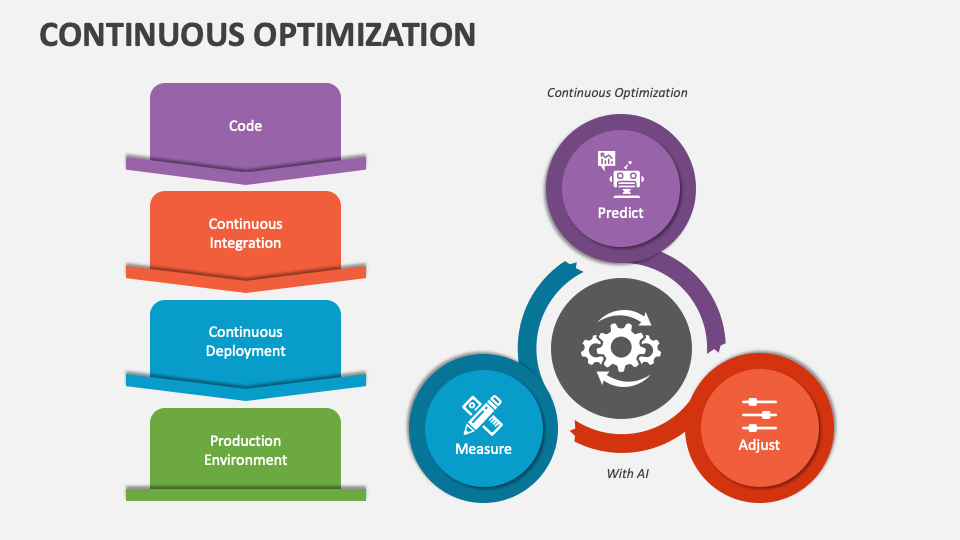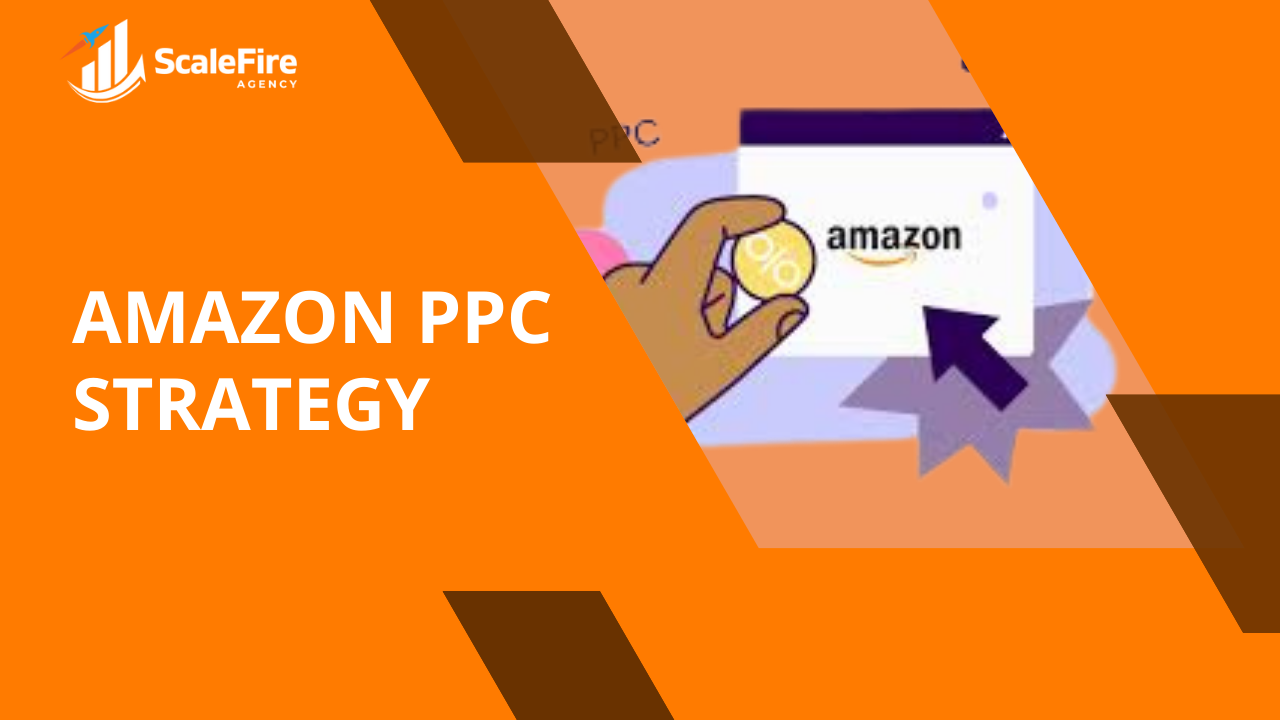In the fast-paced world of eCommerce, having a well-crafted Amazon PPC strategy is crucial for maximizing product visibility, driving sales, and staying ahead of the competition. As the Amazon marketplace continues to evolve, sellers must adopt smarter advertising tactics that align with consumer behavior and platform algorithms.
This guide explores a winning Amazon PPC strategy for 2025, tailored for beginners and experienced sellers alike. We’ll break down real examples, templates, and campaign types to help you optimize your approach and achieve consistent growth.
What is an Amazon PPC Strategy?
An Amazon PPC strategy refers to the overall plan a seller creates to manage and optimize their pay-per-click (PPC) advertising campaigns on Amazon. It includes everything from keyword research and ad structure to bid optimization and budget management. The goal is to drive more qualified traffic to product listings while maintaining a healthy advertising cost of sales (ACoS).

A well-planned PPC strategy helps:
- Increase product visibility in search results
- Improve conversion rates
- Reduce wasted ad spend
- Boost organic ranking
Why You Need a Smart Amazon PPC Strategy in 2025
Amazon’s advertising landscape is becoming increasingly competitive. With more brands investing in sponsored ads, it’s essential to adopt an effective Amazon PPC strategy 2025 that leverages automation, AI tools, and strategic insights.
In 2025, successful sellers will:
- Use data-driven decision making
- Automate bidding and keyword harvesting
- Implement advanced targeting options (e.g., ASIN targeting)
- Monitor performance with real-time analytics
Step-by-Step Amazon PPC Strategy Template
Use this Amazon PPC strategy template to build a strong foundation for your advertising success:
1. Set Clear Advertising Goals
Define what you want to achieve:
- Brand awareness
- Increased sales
- Launching a new product
- Liquidating excess inventory
2. Conduct Thorough Keyword Research
Use tools like Helium 10, Jungle Scout, or Amazon’s own keyword planner to find:
- High-volume keywords
- Long-tail keywords
- Competitor keywords
3. Choose the Right Campaign Type
Amazon offers three primary types of PPC ads:
- Sponsored Products
- Sponsored Brands
- Sponsored Display
Each type serves different purposes. For instance, Sponsored Products are ideal for individual product sales, while Sponsored Brands boost brand recognition.
4. Structure Your Campaigns Smartly
Separate branded and non-branded keywords into different campaigns. This ensures better control and accurate performance tracking.
Amazon PPC campaign strategy tip: Avoid mixing automatic and manual targeting within the same campaign.
5. Launch with Auto Campaigns (Then Refine)
Start with auto-targeted ads to collect keyword data, then create manual campaigns using the best-performing terms.
This approach supports a more refined Amazon PPC launch strategy that balances speed and control.
6. Monitor and Adjust Bids
Use dynamic bidding strategies to increase bids for high-converting keywords and lower bids for poor performers. Consider adjusting bids by placement for top-of-search and product pages.
7. Optimize Continuously
Review your ad reports regularly. Pause underperforming keywords, add negative keywords, and experiment with ad creatives.

Amazon PPC Strategy Example
Let’s say you’re launching a new eco-friendly water bottle:
Objective: Generate 200 sales in 30 days with a 25% ACoS
Campaign Breakdown:
- Auto Campaign: $20/day budget to identify converting keywords
- Manual Campaign – Exact Match: $30/day, using top keywords from auto campaign
- Manual Campaign – Phrase Match: $20/day, to broaden reach
- Product Targeting Campaign: $15/day, targeting competitor listings
Ongoing Actions:
- Monitor search term report twice a week
- Adjust bids weekly based on performance
- Add negative keywords to reduce wasted spend
This example showcases how a structured Amazon PPC campaign strategy can help new sellers hit their targets effectively.
Advanced Tips for 2025
Use AI-Powered Tools
Leverage PPC tools like:
- Perpetua
- Teikametrics
- Sellics
These tools help automate bid adjustments, keyword harvesting, and performance reporting.
Optimize Product Listings
An ad is only as good as the listing it leads to. Make sure your:
- Titles are keyword-rich
- Images are high-quality
- Bullet points are benefit-driven
- A+ content is compelling
Split-Test Ad Creatives
Test different headlines, images, and descriptions in Sponsored Brands to find what resonates best with shoppers.
Seasonality and Event Planning
Plan PPC campaigns around holidays, Prime Day, and Q4. Adjust budgets and bids accordingly.
Tracking Success
Monitor these key metrics:
- ACoS (Advertising Cost of Sales)
- TACoS (Total Advertising Cost of Sales)
- Click-through Rate (CTR)
- Conversion Rate (CVR)
Set benchmarks based on your category and adjust campaigns to maintain or improve them.
Wrapping Up: Build a Winning Amazon PPC Strategy
A successful Amazon PPC strategy in 2025 requires a blend of data-driven decisions, smart budgeting, constant optimization, and leveraging automation. Whether you’re launching a new product or scaling an existing one, having a clear PPC plan increases your chances of long-term success.
Remember to use the Amazon PPC strategy template, refer to real Amazon PPC strategy examples, and tailor your Amazon PPC campaign strategy based on your unique goals and budget.
With the right approach, tools, and insights, your business can thrive on Amazon through targeted and optimized advertising.



